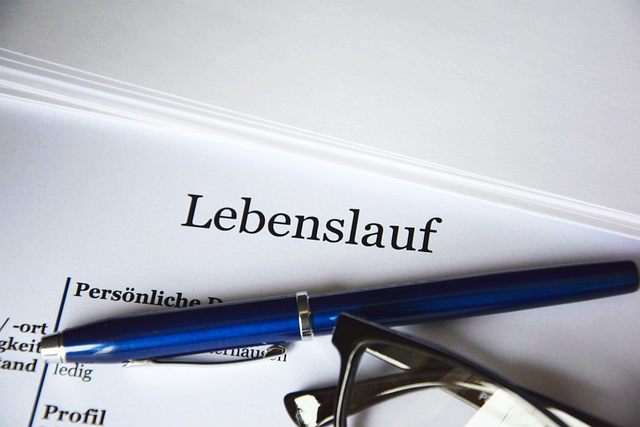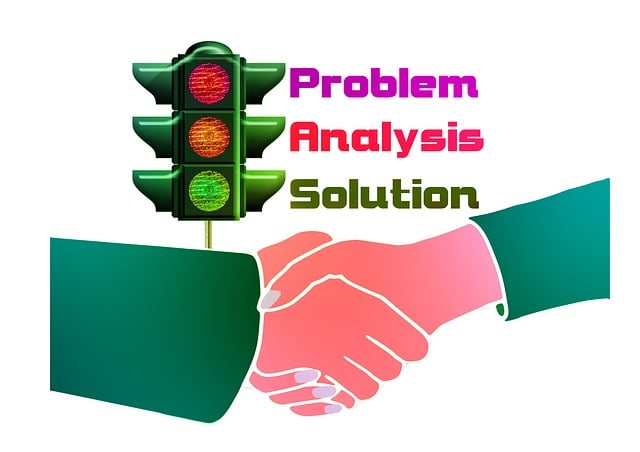Securing robust UK patent protection demands clear, well-structured applications. Translation services are vital for international recognition and compliance, ensuring expert conveyance of technical concepts across languages while maintaining legal integrity. Professional translators skilled in patent law terminology precisely translate, crafting clear documents that safeguard intellectual property rights globally. These services are crucial for navigating complex terms, avoiding ambiguities, and facilitating efficient communication among inventors, professionals, and regulatory bodies worldwide.
Are your UK patents well-structured and clear? In today’s global innovation landscape, ensuring your patent applications are both legally compliant and easily understandable is paramount. This comprehensive guide delves into the critical aspects of patent clarity and structure, highlighting the essential role of language in securing robust protection. We explore strategies for navigating complex technical terms, maintaining consistency across documents, and leveraging translation services to optimize your UK patent applications.
- Understanding Patent Clarity and Structure
- The Role of Language in Patent Protection
- UK Patents: Ensuring Legal Compliance
- How Translation Services Can Help
- Common Issues in Patent Applications
- Enhancing Communication with Professional Translators
- Navigating Complex Technical Terms
- Maintaining Consistency Across Documents
- Quality Assurance for Accurate Translations
- Best Practices for Effective Patent Documentation
Understanding Patent Clarity and Structure

A well-structured and clear patent is fundamental to safeguarding your intellectual property rights in the UK. In the context of UK patents, clarity refers to the precise and concise description of an invention, ensuring that its novel aspects and scope are easily comprehensible. Structure involves organizing the patent application in a logical manner, with distinct sections for background, summary, detailed explanation, and claims, allowing examiners and future users to navigate the document effectively.
Translation services play a vital role here, especially when dealing with international patent applications. Accurate translations ensure that your patent’s clarity and structure are maintained across different languages, facilitating global protection of your invention. These services should not only provide linguistic proficiency but also a deep understanding of patent law and terminology to capture the essence of your innovation without losing its legal integrity.
The Role of Language in Patent Protection

The clarity and precision of language are paramount in patent protection, as these legal documents serve as a contract between inventors and the state. A well-structured patent application, whether it be for a utility patent or design patent, must effectively communicate the scope and novelty of the invention to avoid potential disputes and ensure robust protection. In the UK, where patent law is nuanced and complex, language plays an even more critical role in securing comprehensive coverage.
Translation services for UK patents and patent applications are, therefore, invaluable assets. They help navigate the linguistic barriers, ensuring that every nuance and detail of the invention is accurately conveyed. Professional translators with expertise in intellectual property law can articulate technical concepts clearly, preventing misinterpretations that could weaken the patent’s strength. By employing these services, inventors can confidently assert their rights, fostering a robust innovation ecosystem where ideas are protected and encouraged to flourish.
UK Patents: Ensuring Legal Compliance

UK patents, like any legal documents, must be meticulously crafted to ensure compliance with stringent regulations. Accurate and clear language is paramount to safeguard your intellectual property rights. One crucial aspect is ensuring that patent applications and documents are well-structured, using precise terminology to describe inventions and their unique features.
Translation services play a vital role here. Accurate translation of patents into English (or another relevant language) is essential for international recognition and protection. Professional translators with legal expertise can help navigate the complex language of patents, ensuring your application meets all legal requirements. This process includes careful consideration of patent law terminology and definitions to create a clear and comprehensive document that effectively communicates your invention’s value.
How Translation Services Can Help

Translation services play a crucial role in ensuring your UK patents are well-structured and clear, especially when navigating complex patent law and terminology. When preparing or reviewing patent applications, professional translators can help bridge the language gap between your ideas and their legal representation. They bring expertise in technical fields, enabling them to accurately convey intricate concepts in both the original and target languages.
For instance, UK-based translation services with a focus on intellectual property (IP) law can provide specialists who understand patent documentation. These translators can assist in maintaining consistency, accuracy, and clarity across different language versions, ensuring your patents are compliant with local regulations. This is particularly important when aiming to protect your inventions internationally or when communicating with global partners and stakeholders.
Common Issues in Patent Applications

Many patent applications in the UK face similar challenges, often stemming from complex ideas or rushed preparations. One common issue is lack of clarity in defining the invention’s scope. This can lead to ambiguities that hinder understanding, especially for international readers who may rely on translation services for UK patents and patent applications.
Another frequent problem involves inadequate structuring within the application. A poorly organised document makes it difficult for examiners to assess the novelty and non-obviousness of the claimed invention. Thorough proofreading and editing are essential to ensure a polished application that effectively communicates the essence of the innovation, making it accessible not only to UK patent offices but also to global audiences who utilise professional translation services in this domain.
Enhancing Communication with Professional Translators

When it comes to UK patents, clear communication is key, especially in a global marketplace where inventions often transcend borders. Professional translators play a vital role in ensuring patent applications and documents are accurately and effectively conveyed across languages. These translation services for UK patents aren’t just about converting words; they involve specialized knowledge of technical jargon, legal terminology, and cultural nuances.
Accurate translations guard against potential misunderstandings and misinterpretations that could hamper the patenting process. They enable inventors and businesses to navigate the complexities of international intellectual property laws and maximize their protection worldwide. By enlisting professional translators with expertise in patent documentation, innovators can ensure their ideas are conveyed with precision and clarity, paving the way for successful global adoption.
Navigating Complex Technical Terms

When drafting or reviewing UK patents, navigating complex technical terms can be a significant challenge. Patents often deal with cutting-edge technologies and specialized knowledge, which requires precise and clear language to convey innovative concepts effectively. This is where translation services for UK patents and patent applications play a vital role. Professional translators with expertise in the relevant field can ensure that technical details are accurately represented in both the original document and its translations.
By leveraging translation services, inventors and legal professionals can guarantee that their patent applications are well-structured and clear, regardless of language barriers. This precision is crucial to avoid misunderstandings or misinterpretations that could impact the patent’s strength and validity. Accurate translations not only facilitate the global protection of intellectual property but also ensure that the innovation’s essence shines through in every language it is presented in.
Maintaining Consistency Across Documents

Quality Assurance for Accurate Translations

Best Practices for Effective Patent Documentation

To ensure your UK patents are well-structured and clear, adopt best practices in patent documentation. Start by using precise and technical language tailored to the field your patent covers. This clarity helps translators accurately convey complex ideas across languages when utilizing Translation services for UK Patents and Patent Applications. Well-defined sections with consistent formatting enhance comprehension, allowing examiners and future users to navigate your patent effortlessly.
Additionally, incorporate detailed diagrams, tables, and examples to supplement textual explanations. These visual aids not only improve understanding but also serve as valuable references during translation. Regularly update your patent documentation to reflect the latest technological advancements and industry standards, ensuring its relevance and accuracy throughout its lifecycle.
Ensuring your UK patents are well-structured and clear is paramount for effective protection. By understanding the importance of language in patent law, adhering to legal requirements, and leveraging translation services, you can overcome common issues in applications. Professional translators play a crucial role in navigating complex technical terms, maintaining consistency across documents, and providing quality assurance. Following best practices for patent documentation ensures your application stands out, making it easier for the Patent Office to review and approve. For businesses looking to protect their intellectual property, translation services for UK patents are an invaluable asset, ensuring clear communication and robust legal coverage.
